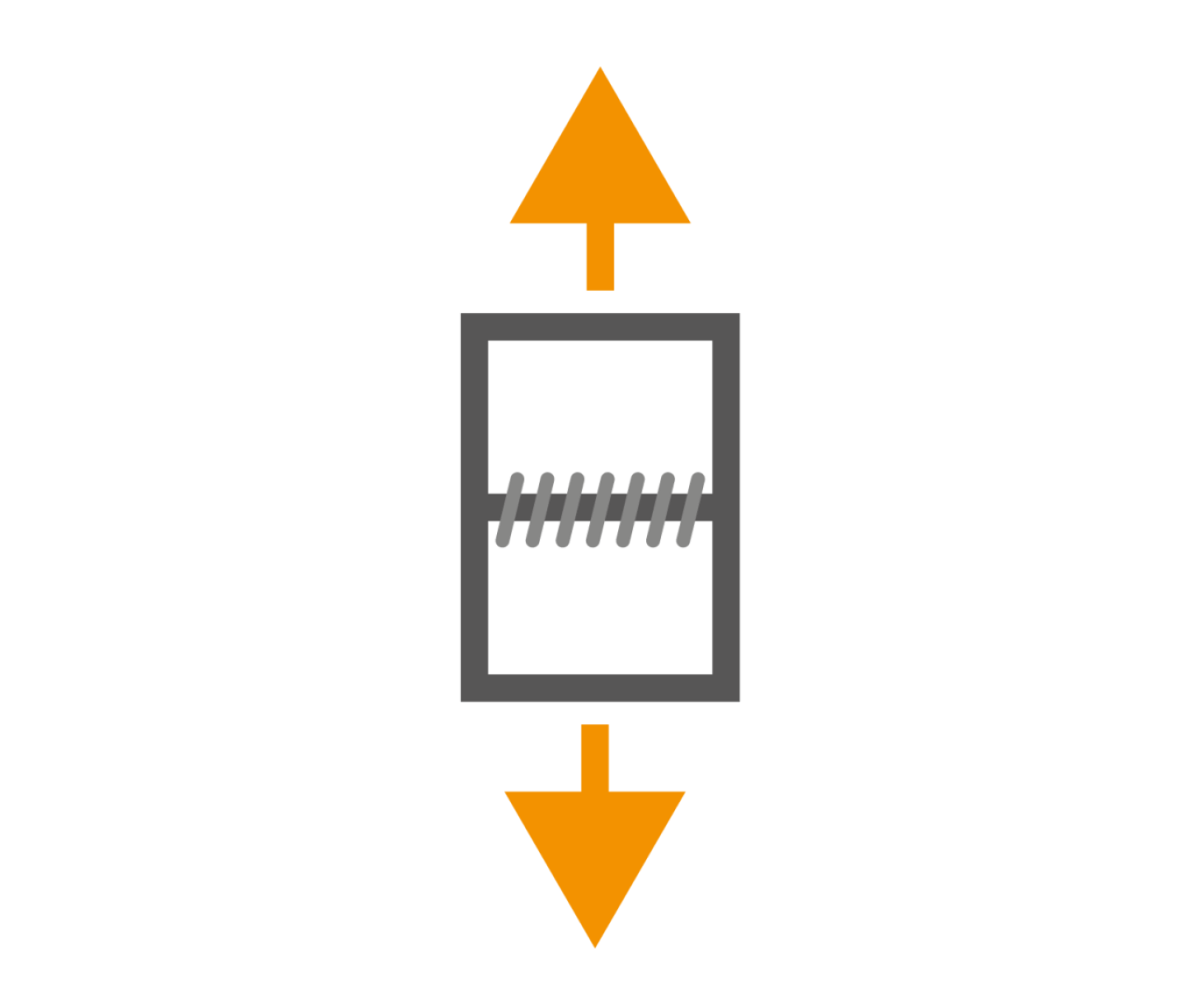Pretreatment & Conditioning
Testing is carried out on material samples that have been stored at 20°C +/-2°C for 24 hours. Reusable suit fabrics must also go through five cycles of laundering & disinfection according to the manufacturers instructions.








